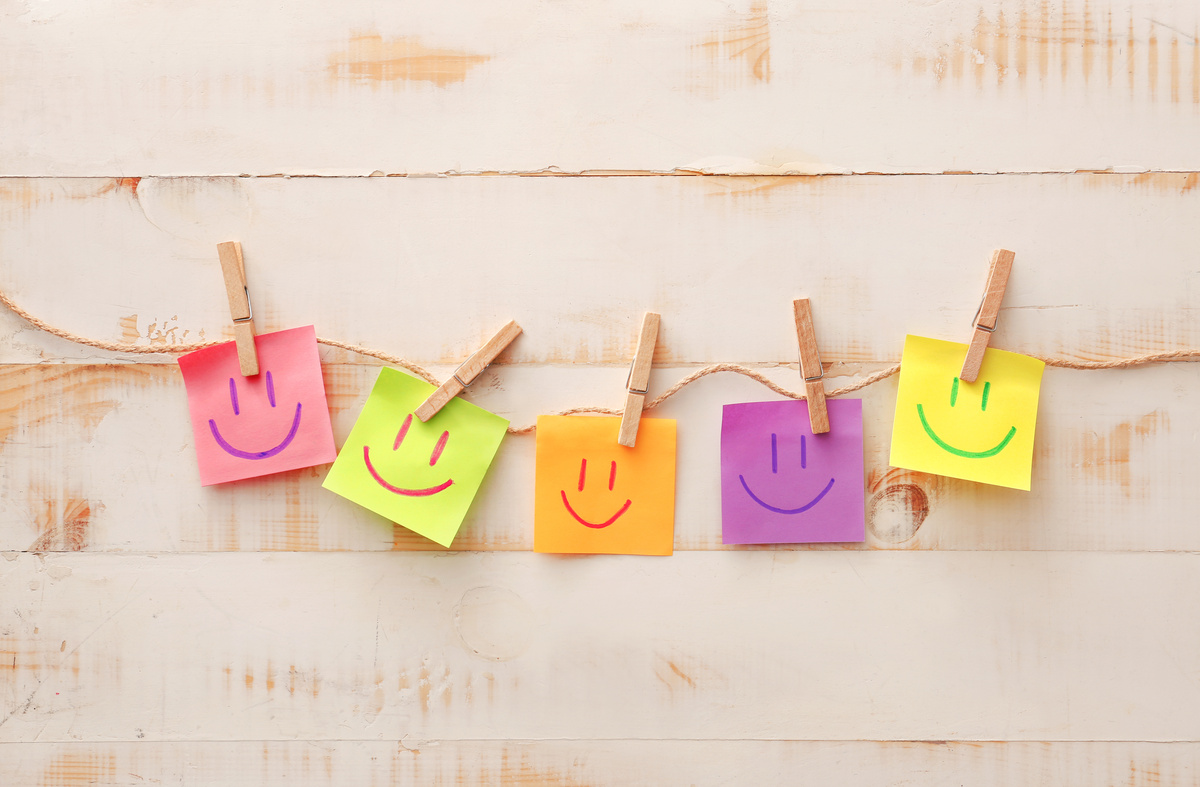Table of contents
Considerations about the glass half full and how to value it

The way we face the situations that life presents varies according to our perspective. Your point of view may be different from the other's. The fact is, there is no wrong answer to the question: do you see the glass as half empty or half full? It all depends on the moment you are in and how optimistic or not your analysis of something is.
To value the glass half full is a matter of practice. If you see the glass half empty, how about changing this view? It is not easy and does not happen overnight, but if you start slowly you can look at the world with more positivity. Read on and learn more about the practice of gratitude and how it can contribute to you always see the glass half full. Check it out!
Meaning of the glass half full, its appreciation and lessons about failure

The metaphor "is your glass half full or half empty" became popular because it is directly related to the way people see life. If the vision is that the glass is half full, positivity and the belief that everything will work out. But if the analysis is that the glass is half empty, the negative vision stands out.
Again, it's all a matter of perspective. Each person has his or her own and can understand situations in a particular way, transforming them, even the most challenging ones, into lessons from failure. There will always be more than one vision for the same story. Valuing the full glass can make the difference in your attitudes and actions.
Glass half full or half empty, a matter of perspective
Subjectivity, that is, individual interpretation is part of being human. It is this that makes each person have a differentiated vision based on values and concepts of their own. With this, we know that our vision is not neutral, our perception of the world is definitely linked to optimistic and pessimistic versions of life situations.
Still, as human beings, we have the ability to become more flexible and to choose which perspective we want to follow, as long as we have this awareness. Seeing the glass as half full in some situations and half empty in others can become natural and make you learn from both perspectives.
Valuing the glass half full
To start looking for the positive side of situations is the first step to start valuing the glass-half-full vision. We know that a person's personality is built by stable aspects, that is, created from lived experiences that contributed to the formation of their values. That is why, everyone defends their own truth. However, when you are willing toquestion the negative points of view, seeking the positive side in everything, changes can happen.
There is room in your mind to see in other ways. Practice positivity, even in the face of situations that seem to have no way. With practice, the time will come when you will be more tolerant, less demanding and will be able to see that there is little to complete the glass, which is already half full.
Learning to deal with failure
The idea is not for anyone to ignore or stop facing facts with reality, but to stop seeing only the ugly and negative side in everything. It is necessary to remember that even when facing challenging or negative situations, and why not say, failures, there will be aspects that drive you towards the good. Good and positive things are contained in the negative ones. And the opposite is also true.
The way of thinking and dealing with failure may be different. These are adjustments in perspective that make you look from another side and perceive what you did not see before. In the end, this is what makes the big difference. Learning that the vision of the "glass" can be broader is the great challenge.
Practice gratitude and positivity exercises

Exercising positivity and practicing gratitude daily is not easy. We go through days when, even without wanting to, complaints come to mind. It is common to imagine how life would be if we had a different car, a higher salary, a better job, among others. So many assumptions leave no room for gratitude.
Remember that everything is exercise and practice. To live the effects of gratitude and positivity, be willing and aware of the importance of feeling good to really achieve everything you want. Read on and learn more about gratitude, positivity and positive actions!
What we can do
To put into practice the good thoughts, the first step is to know the differences between gratitude, positivity and positive attitudes. Read about it and acquire knowledge, so you will have, more and more awareness on the subject and will discover activities and actions that, in practice, will contribute to your mental health and to make your thoughts follow the path of the glass middlefull.
The practice of gratitude
The word gratitude, according to the dictionary, is the quality of one who is grateful. But, it can also be recognized as an experience of gratitude that involves noticing and appreciating positive elements of life. We tend to believe that gratitude should be applied to great things and so, we don't notice that we have the chance to include the practice of gratitude in our daily lives. To be constant, thegratitude should be present. Put it in your routine.
Learning to see the glass as half full
You can be grateful for small things, which make your day become happier. Know the details that complete you and be grateful for them makes you start to see the glass half full. Try to exercise gratitude daily. Stop for a moment your activities and think about everything that warms your heart, value the details and mentalize them with gratitude.
Exercising the way we see the world
Try starting your day with positive affirmations, such as "I am grateful for another new day in my life" or "I am grateful for who I am and all that I have". Think about what makes you happy. Make sure you don't judge someone or something and don't badmouth other people, it will help.
Start praising your family and friends more and smile at life and it will smile at you too. Your perception of the "glass" is related to your experiences. Adjusting your perspective on everything that happens will certainly make you see the world with new eyes!
Looking at life from the positive side
Being positive is much more than just being happy with life. It's being able to get around situations that seem problematic and make them simpler and more enriching for the future. In the end, seeing the positive side of life always teaches a lesson. Focusing only on problems limits creativity and closes the paths to new solutions. Keep an open mind and believe in thepositive.
The difference between positivity and positive activities
Positivity is the virtue of something or someone positive. With this, we can meet positive people, but not necessarily, who perform positive activities. Or even, perform positive activities even not being a totally optimistic person. The main challenge is to achieve a connection between the two terms. Positivity must be present to then, naturally, generate actions andpositive activities.
Optimism messages from Buddhism to exercise worldview

Buddhism believes that well-prepared people convert stress into positive energy, turning it into fuel to overcome the next challenge. The way to do this is to exercise optimism lucidly, with sincerity and a real desire for the scenario to turn around.
For this reason, it is common to find in this philosophy messages of optimism to help exercise the world view. The messages deliver to you, only and exclusively, the responsibility to act and transform the situation. Continue reading and get to know some messages to practice your perception.
Pain is inevitable, but suffering is optional
Buddhism teaches that pain will always be present in our lives. Naturally we will be afflicted by illness, loss and disappointment. Besides physical pain, we will be susceptible to sentimental and psychological pain. And this is a fact. It cannot be controlled or avoided. But, suffering is always an option. The challenge is to take a step back, remove the emotional charge and see things from another perspective. Clear thethoughts, understand the situation and avoid unnecessary suffering.
Rejoice because everywhere is here and now
Every day we live new experiences. Assuming that life is dynamic and constant, and leaving the past behind, opens ways for today to happen. The same applies to the future. Worrying too much about what hasn't happened yet causes you to also park today. For Buddhism, what we have is the here and now, the present moment should receive all the attention and all the positive energiespossible, because only he is real.
Take care of the outside and the inside, because everything is a
Besides a physical form, we are also spirit. In Buddhism, the vision of oneness preaches that there is no physical unity without the spiritual side. To put all your attention on caring only for the body or only what is visible to the eye, or to seek inner balance by exercising the mind and not exercising or eating well is a failure. Finding true well-being is athe union of mind and body in balance.
Hate does not cease through hate, but through love
Countering negative energies with more negativity is wrong. There's usually no time to think about it when you're in an argument or in bad situations. But according to Buddhism, hatred and its related feelings generate equal returns. The only way to counteract the effect of this is by providing love. Practice responding with positive emotions to turn situations in your favor.
Practical tips to exercise gratitude and positivity in everyday life

We invite you to have positive thoughts and purify your feelings. Here are some tips on how to exercise gratitude and positivity with wisdom so that they become, increasingly, a daily habit in your life. Check it out!
Give thanks when someone does something nice for and by you
Leave the shame aside and verbalize, for those who do you good, all your gratitude for having her by your side. All of us have received at some time, help, advice, assistance from people around us. These may be friends, family or people who had occasional passages in our lives.
Do not miss the opportunity to be grateful to those who help you, who devoted a little of their time to contribute to your happiness. Use your sincerity and express everything that is in your heart to, with words and attitudes, show gratitude to people who contribute to your good.
Learn to see the positive aspects of your individuality
Liking yourself and being grateful for all that you are and all that you have achieved is one of the best ways to be positive. Expressing gratitude to others is important, but developing the ability to do the same for yourself is a challenge.
Understand and value your positive aspects. Think about your skills and qualities. Recall important events in your life and how you managed to deal with them. If it was necessary to get around them, overcome some barrier, overcome some difficulty, or even to accept and forgive in order to move on to new phases.
Keep a gratitude journal
Try to get out of the realm of thoughts. Write down in a journal all the situations or moments that have happened to you and that have made your heart warm with gratitude. Take advantage and also write down actions and activities that, if carried out, can demonstrate all the gratitude you feel.
Make a list of simple activities you can do to express how grateful you are. It could be giving a hug to a loved one; going outside and noticing someone who needs help and actually helping them; helping out with errands around the house that are not your responsibility; taking your pet companion for a longer walk. Keeping a gratitude journal will make a commitment to"tell" him about your practice.
When complaining, identify what a negative situation can teach you
Complaining can quickly become a habit and has the opposite effect of thanking. Therefore, when complaining make an invitation to analyze yourself. Understand why the situation is negative and how you can transform it so that it does not happen again. Learn from the bad situation and use it as an opportunity. If, for example, you complained because your partner did something wrong? Isn't it better to recognize that the mistakeof it is an opportunity for you to talk and align. Try to reverse the negative with positivity.
Avoid reacting emotionally to negative situations
Not all moments in our lives are easy. We all go through situations we wish didn't happen. We lose loved ones, perform tasks we don't agree with, act recklessly, among other moments we'd like to rewrite.
Avoiding reacting only with emotions to these situations, besides being intelligent, is also a way to exercise balance and stay aligned with positive energies. Think well, take a step back and, if possible, leave the situation and only return when you are sure of your feelings.
Are people who see the glass as half full happier?

Optimism strongly contributes to making people happier. Cultivating goodness and gratitude, according to many studies, makes people feel lighter and more committed to a single goal: to be happy. Being able to see the glass half full is the expansion of knowing yourself.
Understanding your qualities and also your defects, valuing the best of what you have and not wasting time thinking about your weaknesses, makes you open space for novelty and see life with positivity. With this, naturally, you will make friends easily, you will be remembered by all and will be successful in all aspects of life.

